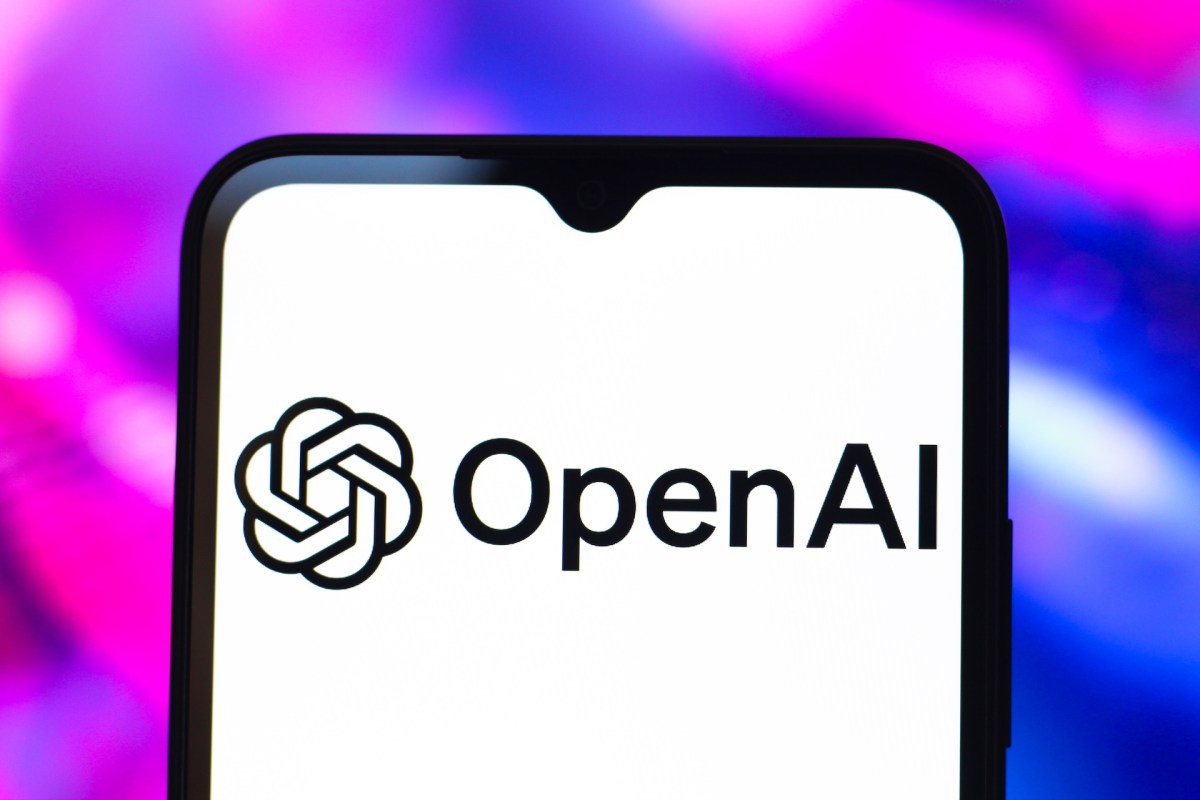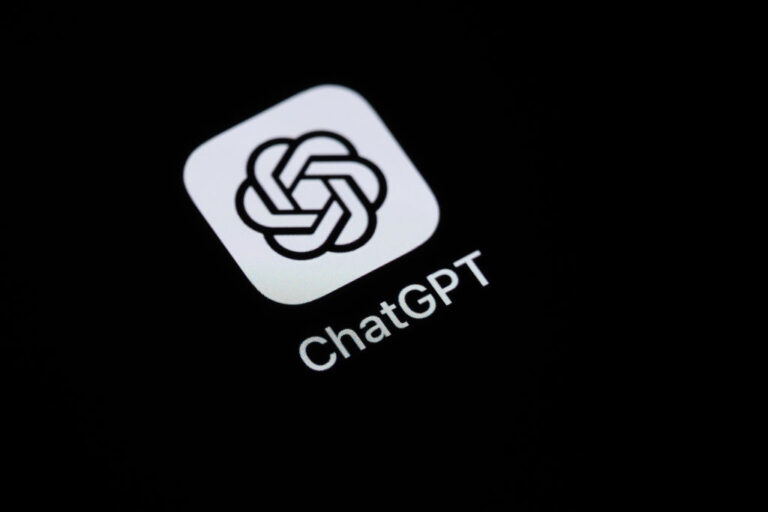OpenAI’s O3 AI Model Underperforms on Benchmark, Revealing Surprising Results
The recent discrepancy in benchmark results for OpenAI’s o3 AI model is stirring conversations about transparency and testing practices in the AI industry. As OpenAI continues to innovate, understanding the performance metrics of its models becomes essential for users and developers alike.
OpenAI’s o3 Model: An Overview
In December, OpenAI introduced its o3 model, claiming it could correctly answer over 25% of questions from the challenging FrontierMath benchmark. This performance was significantly higher than any competing models, which averaged around 2% success.
OpenAI’s Claims vs. Independent Testing
Mark Chen, OpenAI’s Chief Research Officer, emphasized the model’s capabilities during a livestream, stating:
“Today, all offerings out there have less than 2% [on FrontierMath]. We’re seeing [internally], with o3 in aggressive test-time compute settings, we’re able to get over 25%.”
However, a new independent benchmark test conducted by Epoch AI revealed that o3 scored approximately 10%, significantly lower than OpenAI’s claimed results.
Understanding the Discrepancy
- OpenAI’s claimed score might represent an upper limit achieved under specific conditions.
- Epoch AI’s testing methodology likely differed from OpenAI’s, potentially affecting results.
- The updated version of FrontierMath used by Epoch may also contribute to the varied scores.
Epoch AI noted in their report:
“The difference between our results and OpenAI’s might be due to OpenAI evaluating with a more powerful internal scaffold, or because those results were run on a different subset of FrontierMath.”
Insights from the ARC Prize Foundation
According to a post on X by the ARC Prize Foundation, the version of o3 tested was different from the public model, which was specifically tuned for chat and product use. They stated:
“All released o3 compute tiers are smaller than the version we [benchmarked].”
The Future of OpenAI Models
Despite the lower-than-expected performance of the public o3 model, OpenAI’s other offerings, such as o3-mini-high and o4-mini, have shown better results on FrontierMath. Moreover, OpenAI plans to release an upgraded variant of o3, known as o3-pro, in the coming weeks.
The Importance of AI Benchmarking
This situation serves as a crucial reminder that AI benchmarks should be approached with caution, especially when published by companies with products to promote. The AI industry has witnessed several benchmarking controversies, as vendors aim to gain attention with their latest models.
- Epoch AI faced criticism for its delayed disclosure of funding from OpenAI.
- Elon Musk’s xAI was accused of using misleading benchmark charts for its Grok 3 model.
- Meta recently acknowledged discrepancies between benchmark scores and the versions of models available to developers.
For further insights on AI benchmarking practices, you can explore more on Forbes.







